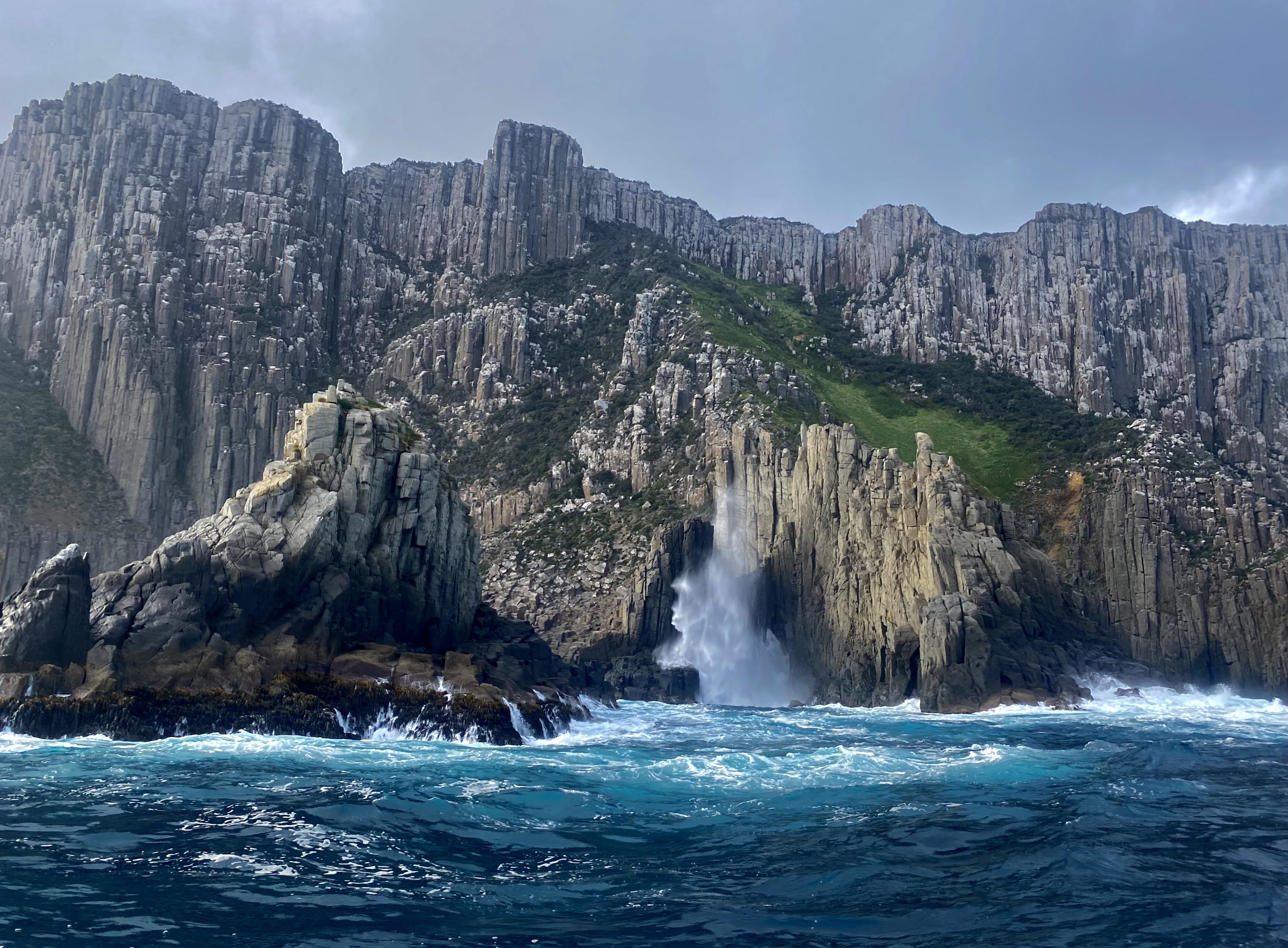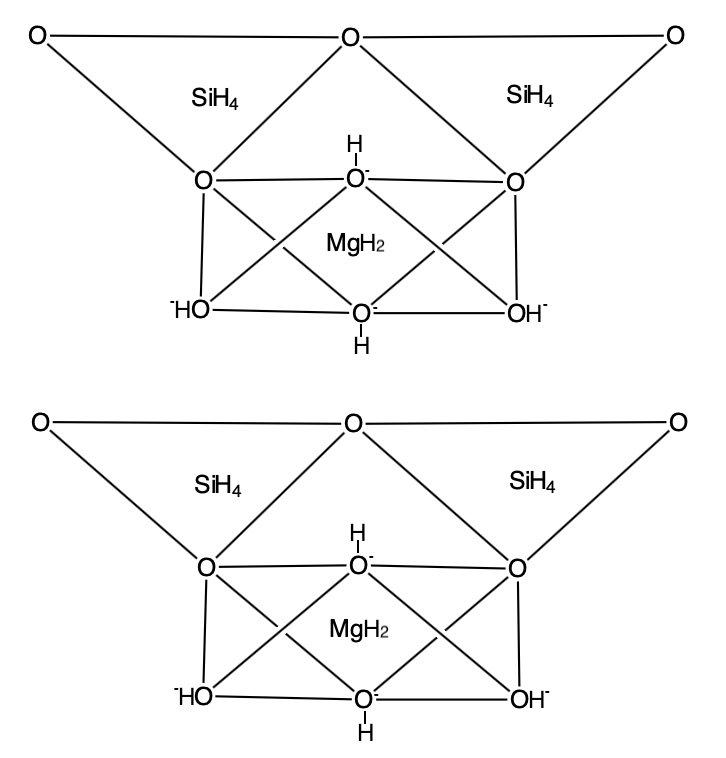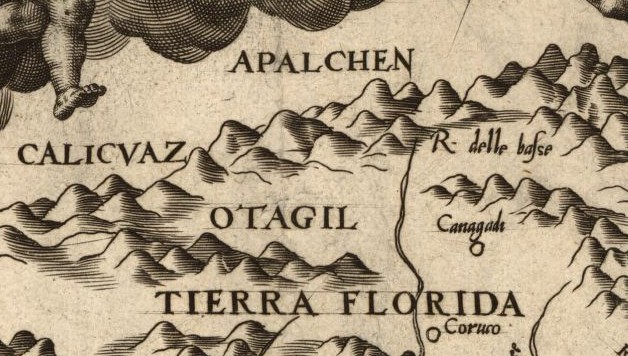|
Gaspé Peninsula
The Gaspé Peninsula, also known as Gaspesia (, ; ), is a peninsula along the south shore of the St. Lawrence River that extends from the Matapedia Valley in Quebec, Canada, into the Gulf of St. Lawrence. It is separated from New Brunswick on its southern side by baie des Chaleurs, Chaleur Bay and the Restigouche River. The name ''Gaspé'' comes from the Mi'kmaq word , meaning "end", referring to the end of the land. The Gaspé Peninsula is slightly larger than Belgium, at . The population is 140,599 as of the 2011 Canadian census, 2011 census.The population of the Gaspe Peninsula is determined by adding the population of two federal electoral districts, Haute-Gaspésie—La Mitis—Matane—Matapédia and Gaspésie—Les Îles-de-la-Madeleine, Gaspésie—Îles-de-la-Madeleine, while subtracting that of the Magdalen Islands. It is also noted as the only region outside the Channel Islands to contain native speakers of Jèrriais, Jersey Norman. Geography Sea cliffs dominate the p ... [...More Info...] [...Related Items...] OR: [Wikipedia] [Google] [Baidu] |
Regions Of Canada
The list of regions of Canada is a summary of geographical areas on a hierarchy that ranges from national (groups of provinces and territories) at the top to local regions and sub-regions of provinces at the bottom. Administrative regions that rank below a province and above a municipality are also included if they have a comprehensive range of functions compared to the limited functions of specialized government agencies. Some provinces and groups of provinces are also quasi-administrative regions at the federal level for purposes such as representation in the Senate of Canada. However regional municipalities (or regional districts in British Columbia) are included with local municipalities in the article List of municipalities in Canada. National regions The provinces and territories are sometimes grouped into regions, listed here from west to east by province, followed by the three territories. Seats in the Senate are equally divided among four regions: the West, Ontario, Q ... [...More Info...] [...Related Items...] OR: [Wikipedia] [Google] [Baidu] |
Sea Cliff
A cliffed coast, also called an abrasion coast, is a form of coast where the action of marine waves has formed steep cliffs that may or may not be precipitous. It contrasts with a flat or alluvial coast. Formation In coastal areas in which the land surface dips at a relatively steep angle below the water table, the continuous action of marine waves on the coastline, known as abrasion, may create a steep declivity known as a cliff, the slope angle of which depends on a variety of factors including the jointing, bedding and hardness of the materials making up the cliff as well as the erosional processes themselves.Herbert Louis and Klaus Fischer: ''Allgemeine Geomorphologie'', de Gruyter, 4th ed., Berlin 1979, pp. 532-537 The slope is constantly being eroded. The waves attacking the cliff-foot form a wave-cut notch by constant abrasion action producing an overhang. This overhang grows in size as the cliff is undercut, until it collapses under its own weight. The loose ... [...More Info...] [...Related Items...] OR: [Wikipedia] [Google] [Baidu] |
Notre Dame Mountains
The Notre Dame Mountains are a portion of the Appalachian Mountains, extending from the Gaspé Peninsula of Quebec to the Green Mountains (Vermont), Green Mountains of Vermont. The range runs from northeast to southwest, forming the southern edge of the St. Lawrence River valley, and following the Canada–United States border between Quebec and Maine. The mountainous Madawaska County, New Brunswick, New Brunswick "panhandle" is located in the Notre Dame range as well as the uppermost reaches of the Connecticut River valley in New Hampshire. As the mountains are geologic timescale, geologically old, they have erosion, eroded to an average height of around . Etymology ''Notre Dame'' is French for "Our Lady," a Catholic term referring to Veneration of Mary in Roman Catholicism, the Virgin Mary. While on an expedition on 15 August 1535, Jacques Cartier wrote: The ''jour Notre Dame d'aoust XVe'' refers to the feast of the Assumption of Mary, commemorated in the Catholic Church on ... [...More Info...] [...Related Items...] OR: [Wikipedia] [Google] [Baidu] |
Canadian Shield
The Canadian Shield ( ), also called the Laurentian Shield or the Laurentian Plateau, is a geologic shield, a large area of exposed Precambrian igneous and high-grade metamorphic rocks. It forms the North American Craton (or Laurentia), the ancient geologic core of the North American continent. Glaciation has left the area with only a thin layer of soil, through which exposures of igneous bedrock resulting from its long volcanic history are frequently visible. As a deep, common, joined bedrock region in eastern and central Canada, the shield stretches north from the Great Lakes to the Arctic Ocean, covering over half of Canada and most of Greenland; it also extends south into the northern reaches of the continental United States. Geographical extent The Canadian Shield is a physiographic division comprising four smaller physiographic provinces: the Laurentian Upland, Kazan Region, Davis and James. The shield extends into the United States as the Adirondack Mountains ( ... [...More Info...] [...Related Items...] OR: [Wikipedia] [Google] [Baidu] |
Côte-Nord
Côte-Nord (Region 09) (, ; ) is an List of regions of Quebec, administrative region of Quebec, on the Quebec-Labrador peninsula, Quebec-Labrador Peninsula, Canada. The region runs along the St. Lawrence River and then the Gulf of St. Lawrence, from Tadoussac to the limits of Labrador, leaning against the Saguenay–Lac-Saint-Jean to the west, the Côte-Nord penetrates deep into Nord-du-Québec, Northern Quebec. With the motto: ''Between nature and grandeur'', the Côte-Nord is made up of 99% public land, it is the second largest region after Nord-du-Québec, which occupies 51% of Quebec's territory. History The origins of the settlement of the Côte-Nord precede by a few millennia the population movements that began in the middle of the 19th century. Archaeology, Archaeologists tell us that the main prehistoric cultures, called "Archaic humans, archaic", were based on three sets of groups coming from the southwest, from as far away as the Great Lakes by the St. Lawrence Rive ... [...More Info...] [...Related Items...] OR: [Wikipedia] [Google] [Baidu] |
Serpentine Subgroup
Serpentine subgroup (part of the kaolinite-serpentine group in the category of phyllosilicates) are greenish, brownish, or spotted minerals commonly found in serpentinite. They are used as a source of magnesium and asbestos, and as decorative stone. The name comes from the greenish color and smooth or scaly appearance from the Latin , meaning "snake-like". Serpentine subgroup is a set of common rock-forming hydrous magnesium iron phyllosilicate () minerals, resulting from the metamorphism of the minerals that are contained in mafic to ultramafic rocks. They may contain minor amounts of other elements including chromium, manganese, cobalt or nickel. In mineralogy and gemology, serpentine may refer to any of the 20 varieties belonging to the serpentine subgroup. Owing to admixture, these varieties are not always easy to individualize, and distinctions are not usually made. There are three important mineral polymorphs of serpentine: antigorite, lizardite and chrysotile. Serpe ... [...More Info...] [...Related Items...] OR: [Wikipedia] [Google] [Baidu] |
Tree Line
The tree line is the edge of a habitat at which trees are capable of growing and beyond which they are not. It is found at high elevations and high latitudes. Beyond the tree line, trees cannot tolerate the environmental conditions (usually low temperatures, extreme snowpack, or associated lack of available moisture). The tree line is sometimes distinguished from a lower timberline, which is the line below which trees form a forest with a closed Canopy (biology), canopy. At the tree line, tree growth is often sparse, stunted, and deformed by wind and cold. This is sometimes known as (German for "crooked wood"). The tree line often appears well-defined, but it can be a more gradual transition. Trees grow shorter and often at lower densities as they approach the tree line, above which they are unable to grow at all. Given a certain latitude, the tree line is approximately 300 to 1000 meters below the permanent snow line and roughly parallel to it. Causes Due to their vertical s ... [...More Info...] [...Related Items...] OR: [Wikipedia] [Google] [Baidu] |
Alpine Tundra
Alpine tundra is a type of natural region or biome that does not contain trees because it is at high elevation, with an associated harsh climate. As the latitude of a location approaches the poles, the threshold elevation for alpine tundra gets lower until it reaches sea level and merges with polar tundra. The high elevation causes an adverse climate, which is too cold and windy to support tree growth. Alpine tundra transitions to sub-alpine forests below the tree line; stunted forests occurring at the forest-tundra ecotone are known as '' krummholz''. With increasing elevation it ends at the snow line where snow and ice persist through summer. Alpine tundra occurs in mountains worldwide. The flora of the alpine tundra is characterized by dwarf shrubs close to the ground. The cold climate of the alpine tundra is caused by adiabatic cooling of air, and is similar to polar climate. Geography Alpine tundra occurs at high enough altitude at any latitude. Portions of montane ... [...More Info...] [...Related Items...] OR: [Wikipedia] [Google] [Baidu] |
Mount Albert (Quebec)
Mont Albert () is a mountain in the Chic-Choc Mountains, Chic-Choc range in the Gaspésie National Park in the Gaspé Peninsula of eastern Quebec, Canada. At , it is one of the highest mountains in southern Quebec, and is popular for hiking. Mount Albert was named in honour of Albert, Prince Consort, Prince Albert of Saxe-Coburg and Gotha, husband of Queen Victoria, because Alexander Murray (geologist), geologist Alexander Murray made the first recorded ascent of the mountain on the Prince's birthday, 26 Aug. 1845. Geography The summit of Mount Albert is a plateau across called ''La Table à Moïse'', or Moses's Table. It includes two summits, Albert North () and Albert South (). Each of the summits is situated at either side of the plateau. The principal component of Mont Albert is an unusual kind of bedrock called Serpentine group, serpentine; this originated as oceanic crust and was then uplifted during the Appalachian orogeny, formation of the Appalachian Mountains abo ... [...More Info...] [...Related Items...] OR: [Wikipedia] [Google] [Baidu] |
Mount Jacques-Cartier
Mount Jacques-Cartier (, ) is a mountain in the Chic-Choc Mountains range in eastern Quebec, Canada. At , it is the tallest mountain in southern Quebec, and the highest mountain in the Canadian Appalachians. The mountain is named after Jacques Cartier, the French maritime explorer of North America. Located in the Gaspé Peninsula, the mountain is protected within a Quebec provincial park called Gaspésie National Park, and is host to the last remaining population of reindeer, woodland caribou south of the Saint Lawrence River. The summit can be accessed by a hiking trail. References Landforms of Gaspésie–Îles-de-la-Madeleine, Mont Jacques One-thousanders of Quebec Notre Dame Mountains {{Quebec-geo-stub ... [...More Info...] [...Related Items...] OR: [Wikipedia] [Google] [Baidu] |
Chic-Choc Mountains
The Chic-Choc Mountains, also spelled Shick Shocks, form a mountain range in the central region of the Gaspé Peninsula, Gaspe Peninsula in Quebec, Canada. It is a part of the Notre Dame Mountains, which are a List of subranges of the Appalachian Mountains, subrange of the Appalachians. History The name ''Chic-Chocs'' comes from the Mi'kmaq language, Mi'kmaq word ''sigsôg'', meaning "crags" or "rocky mountains." It has undergone many different spellings over time, including Chikchâks (1836), Shick-shock (1857), and Chick-Saws (1863). Geography The Chic-Chocs run parallel to the Saint Lawrence River, St. Lawrence River and are located some 20 to 40 kilometers inland. They are a narrow band of mountains approximately long and wide. The Chic-Chocs are heavily Erosion, eroded, with rounded, flattened tops and steep sides. Over 32 mountains in the range have peaks higher than ; the highest is Mount Jacques-Cartier at . Migratory woodland caribou, Caribou can be found in the platea ... [...More Info...] [...Related Items...] OR: [Wikipedia] [Google] [Baidu] |
Appalachian Mountains
The Appalachian Mountains, often called the Appalachians, are a mountain range in eastern to northeastern North America. The term "Appalachian" refers to several different regions associated with the mountain range, and its surrounding terrain. The general definition used is one followed by the United States Geological Survey and the Geological Survey of Canada to describe the respective countries' Physiographic region, physiographic regions. The U.S. uses the term Appalachian Highlands and Canada uses the term Appalachian Uplands; the Appalachian Mountains are not synonymous with the Appalachian Plateau, which is one of the provinces of the Appalachian Highlands. The Appalachian range runs from the Newfoundland (island), Island of Newfoundland in Canada, southwestward to Central Alabama in the United States; south of Newfoundland, it crosses the 96-square-mile (248.6 km2) archipelago of Saint Pierre and Miquelon, an overseas collectivity of France, meaning it is technica ... [...More Info...] [...Related Items...] OR: [Wikipedia] [Google] [Baidu] |







